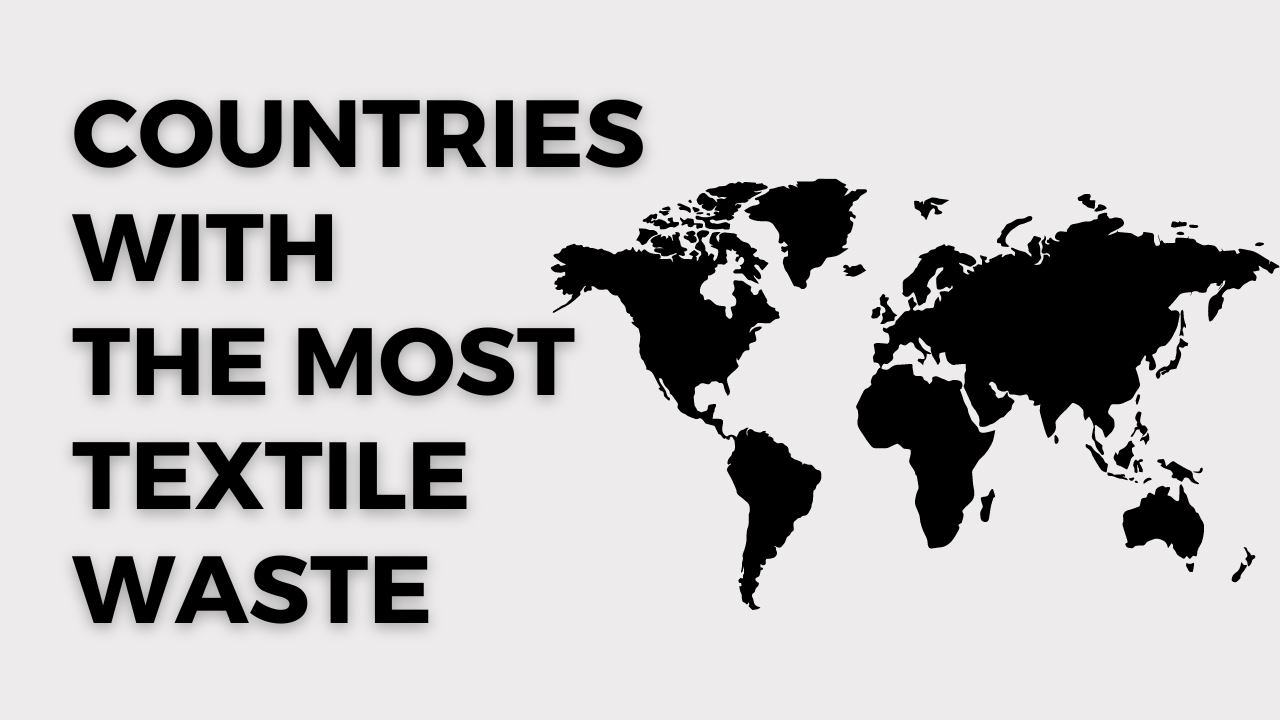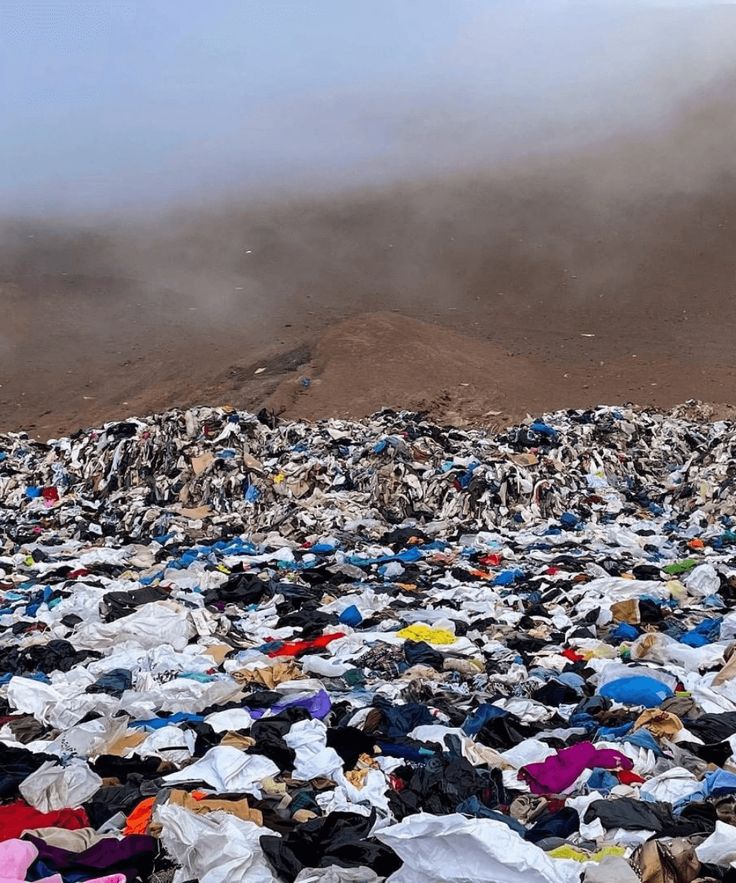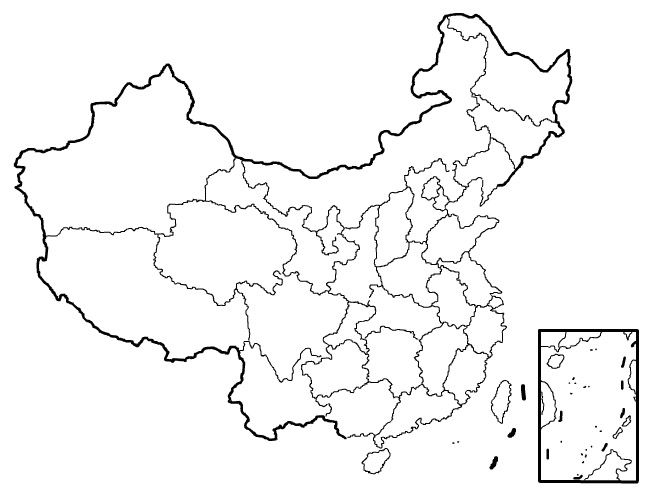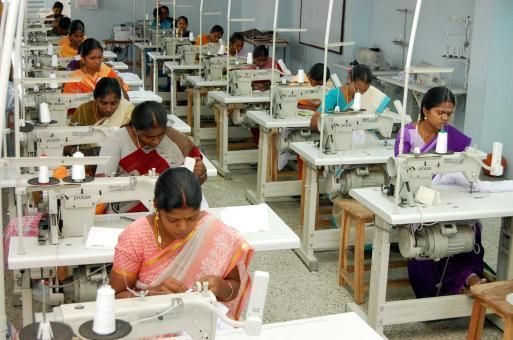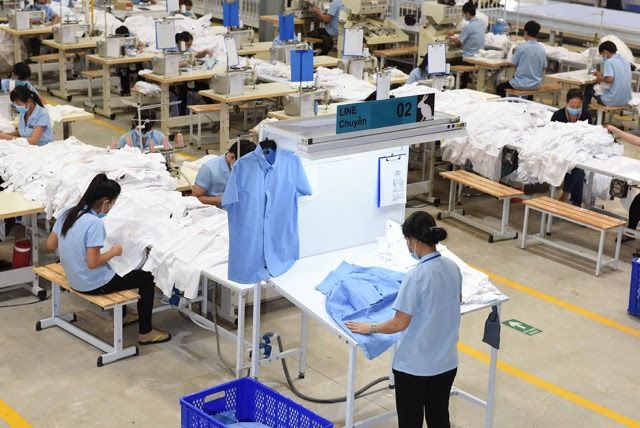Textile waste is a significant environmental issue globally, with many countries contributing to this problem due to the fast fashion industry and consumer behavior.
The countries that have been identified as having the most textile waste include:
United States
The United States is one of the largest producers of textile waste in the world due to its large population and high consumption rates.
The fast fashion culture in the U.S. has led to a massive amount of clothing being discarded each year, contributing significantly to textile waste.
In the United States, the textile industry is a significant contributor to waste generation.
The Environmental Protection Agency (EPA) estimates that approximately 17 million tons of textile waste is generated each year in the United States.
This includes discarded clothing, household textiles, and other fabric-based products.
China
As one of the leading manufacturers of textiles and clothing in the world, China also generates a substantial amount of textile waste.
The rapid growth of the fashion industry in China has resulted in increased production and consumption, leading to a high volume of textile waste being generated.
According to a report by the China Textile Industry Association (CTIA), post-consumer textile waste in China reached 26 million tons in 2015.
This number includes discarded clothing, footwear, and home textiles.
The CTIA also estimated that this figure would increase to 34 million tons by 2020.
However, it is essential to note that these figures may not be entirely accurate due to the challenges in tracking and monitoring textile waste generation.
Besides post-consumer waste, a significant amount of pre-consumer textile waste is also generated during the manufacturing process.
Pre-consumer waste refers to textile scraps produced during production, such as cutting waste or faulty products.
The exact amount of pre-consumer waste generated in China is unknown, but it is estimated to be substantial given China’s prominent role in global textile production.
India
India is another country that produces a significant amount of textile waste, primarily due to its large population and growing fashion industry.
The country’s textile industry is one of the oldest and largest in the world, leading to a considerable amount of waste being generated throughout the production and consumption process.
The textile industry in India is vast and diverse, encompassing various segments such as clothing, home textiles, technical textiles, and more. With a growing population and increasing disposable income levels, the demand for textiles has been on the rise.
This surge in production has inevitably led to a proportional increase in textile waste generation.
The textile waste in India can be categorized into pre-consumer waste (generated during the manufacturing process) and post-consumer waste (generated after the product reaches the end consumer).
Pre-consumer waste includes scraps, trimmings, rejected materials, and unsold stock from factories and production units.
On the other hand, post-consumer waste comprises discarded clothing, household textiles, and other textile products that consumers dispose of.
European Union
The European Union as a whole is a major contributor to textile waste, with countries like Germany, Italy, and France being significant producers.
The fast fashion industry in Europe has led to high levels of clothing consumption and disposal, resulting in a substantial amount of textile waste.
According to the European Textile Recycling Council (ETRC), it is estimated that around 11.1 million tonnes of textile waste is produced in Europe annually.
This includes both pre-consumer and post-consumer textile waste.
The exact amount may vary slightly due to differences in data collection and reporting methods across European countries.
Bangladesh
Bangladesh is known for its large garment industry, which plays a crucial role in the country’s economy.
However, this industry also generates a considerable amount of textile waste due to overproduction, unsold inventory, and poor recycling practices.
According to various reports and studies, Bangladesh produces a significant amount of textile waste each year.
The exact figures can vary depending on the source and methodology used to calculate the waste generation.
However, it is estimated that Bangladesh generates hundreds of thousands of tons of textile waste annually.
Japan
Japan is another country that faces challenges related to textile waste due to its strong fashion culture and consumer behavior.
The country’s emphasis on trends and seasonal clothing leads to a high turnover rate of garments, contributing to the overall textile waste problem.
According to the Ministry of the Environment, Japan, approximately 460,000 tons of textile waste were generated in Japan in 2018.
This number has been increasing over the past few years due to the growing popularity of fast fashion and the declining tendency to repair or reuse clothing.
The majority of textile waste comes from discarded clothing.
It is estimated that Japanese people throw away around 23.8 kg of clothing per person annually.
This accounts for about 85% of the total textile waste generated in Japan.
In addition to clothing, other sources of textile waste include industrial waste from textile factories, offcuts from textile production, and household textiles such as curtains, bedding, and towels.
These sources contribute to the remaining 15% of textile waste in Japan.
